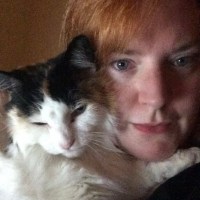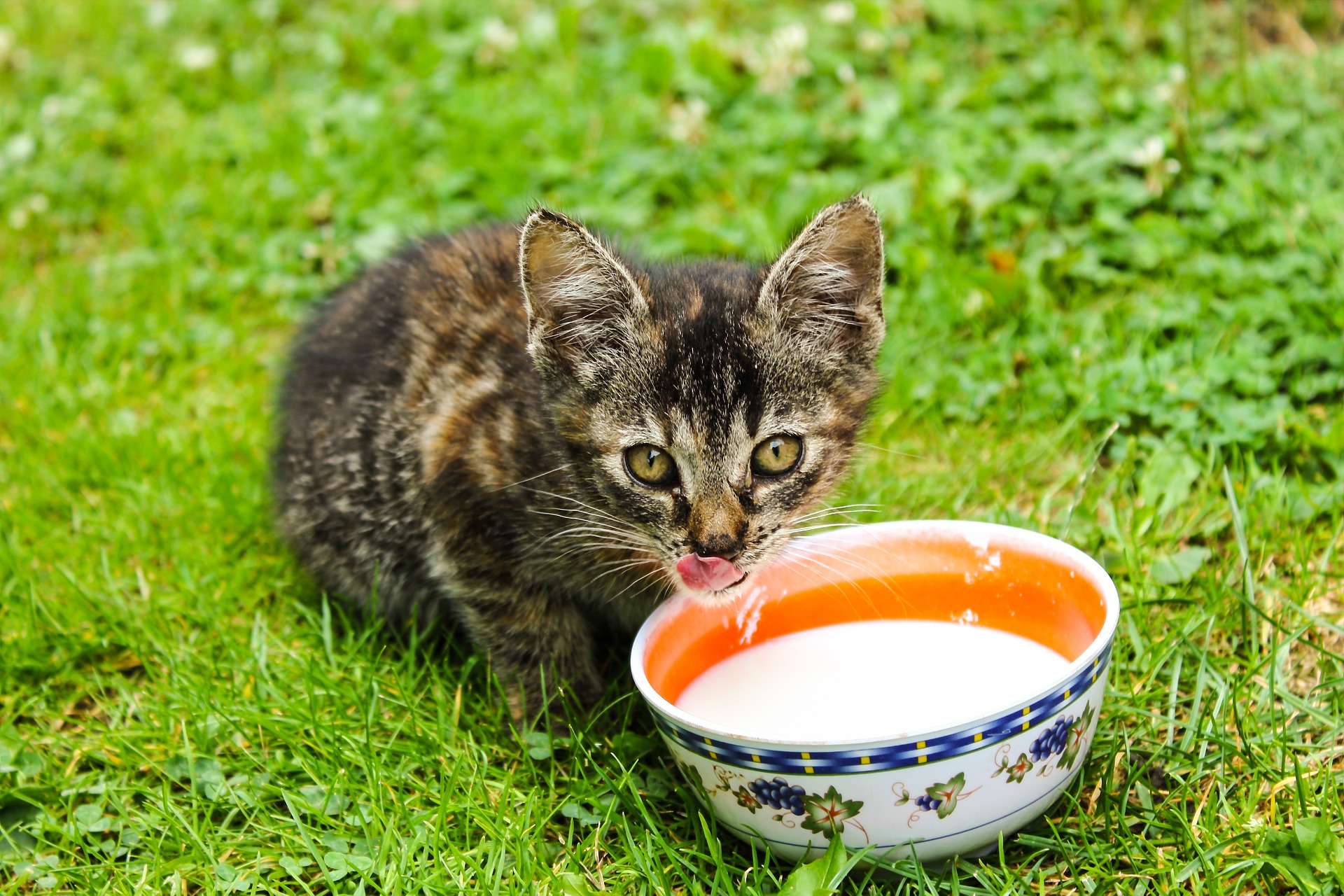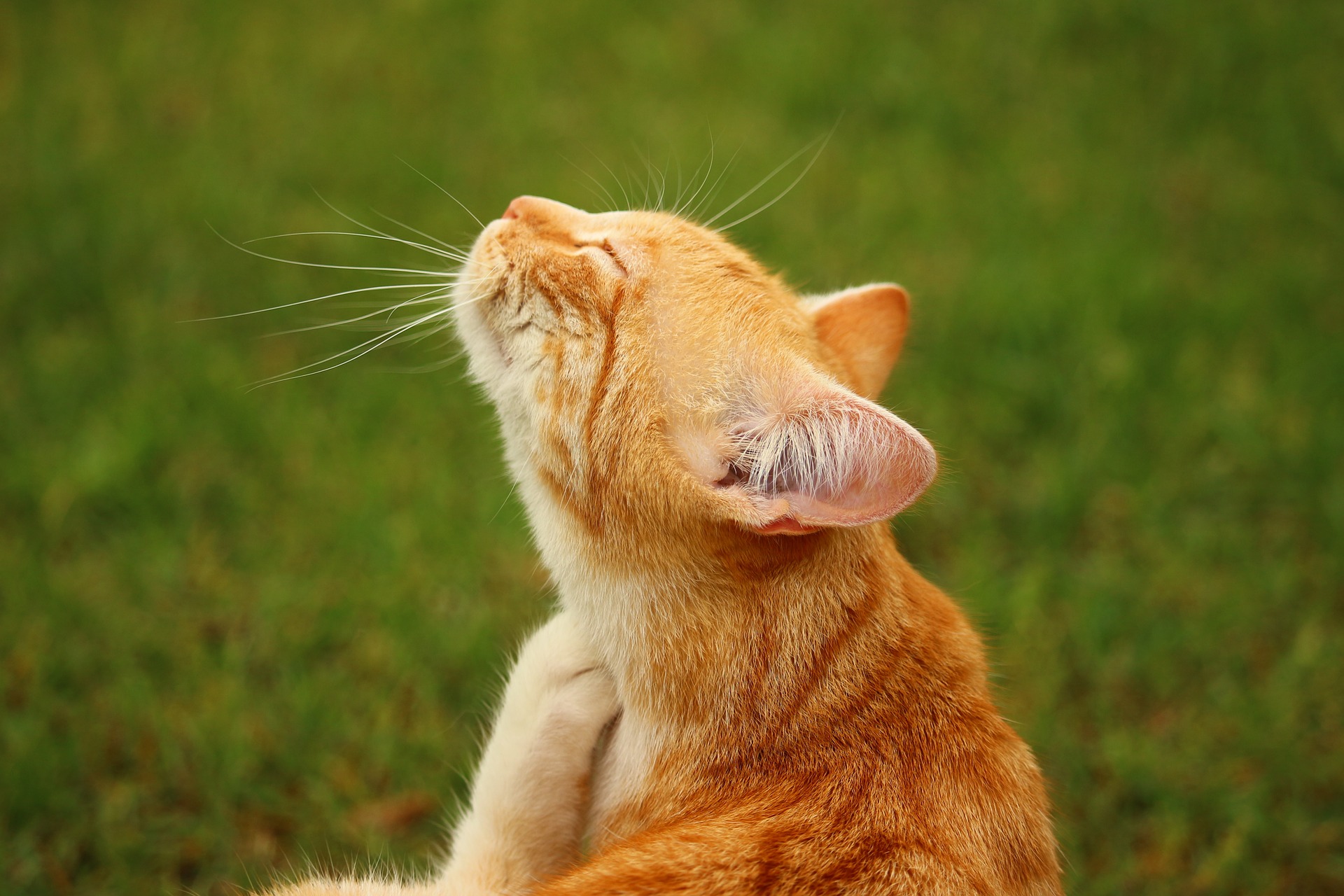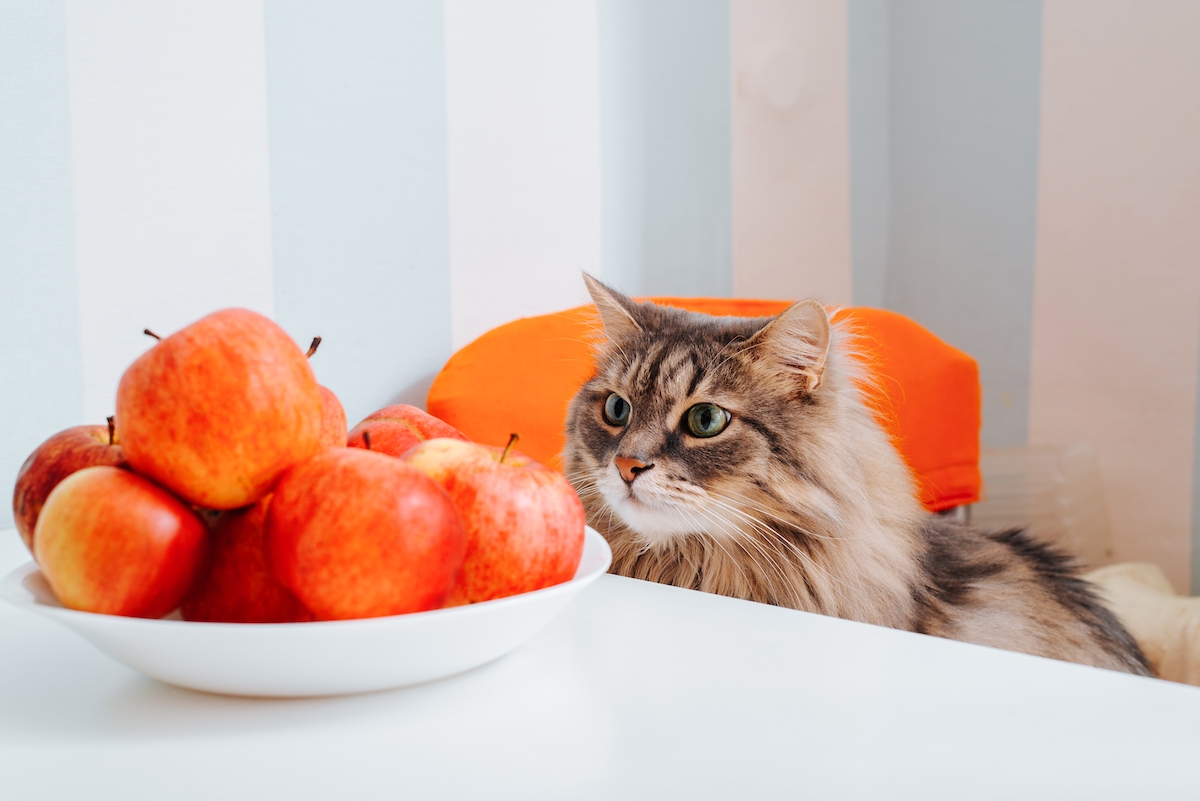While popular media depicts cats as aloof and elegant, most people who’ve ever owned a cat claim otherwise. Each cat’s personality is vastly different from the last. Some of our feline friends do fit the stereotype, but others are outrageously affectionate, playful, and often downright goofy. One cliché that holds up under scrutiny is the notion that cats are often difficult to read, hiding their discomfort from their pet parents with sometimes devastating consequences.
Longtime cat companions grow skilled at reading their cat’s mood, but has your vet ever asked, “Is your cat happy?” What if there were an app that could answer your question using a valid scientific assessment method? The folks from Sylvester.AI say they’ve created the solution to many pet parents’ problem. What is the Tably app, and why do you need it? Let’s find out.

The old way of detecting illness in cats
Before the advent of modern technology, figuring out your cat’s mood took a bit of trial and error. Veterinarians often find subtle clues that your cat is unwell before her condition deteriorates, which makes knowing when to take your fur baby to the vet all the more important. Here’s what you’re used to looking for while gauging your cat’s general well-being:
- Vomiting or diarrhea
- Changes in mood
- Urinating or defecating outside the litter box
- Discharge from the eyes or nose
- Lethargy
- Bad breath
- Limping
- Changes in appetite
- Refusing to drink water
- Shortness of breath
- Weight gain or weight loss
- Visible injuries
- Uninterested in grooming
- Overgrooming
- Hair loss
- Skin irritation
- Hiding
If you notice any of these symptoms, take your cat to the vet immediately. However, the problem is that cats aren’t always symptomatic until something is seriously wrong. Fortunately, Tably is here to change that.
Why you need Tably
If you’re a first-time cat owner, identifying your cat’s mood can be especially daunting. While some cats do exhibit signs to let you know something is wrong, many cats mask their symptoms until their behavioral or health issues are difficult — if not impossible — to treat. Because cats are notorious for hiding their illnesses, using a reliable pain assessment tool can help make sure your cat receives prompt medical care when she needs it. While some apps can identify health conditions in humans, there was nothing available to help pet owners and professionals reliably detect the undetectable — until Sylvester.AI developed Tably.

How Tably works
Currently available in beta mode, Tably is an app that uses artificial intelligence — also known as AI — to determine your cat’s mood. Pet parents and veterinarians alike can benefit from Tably’s advanced AI. Tably uses the Feline Grimace Scale, which picks up on facial clues that are undetectable to the human eye. The Feline Grimace Scale was developed by the Université de Montréal using video footage of cats in various states of health, ranging from happy, healthy cats to fur babies suffering from physical or emotional distress. The scale uses five different facial markers, known as Action Units: ear position, head position, muzzle tension, orbital tightening, and whisker position. Action Units receive a ranking from 0 to 2, with 0 standing for overall wellness, 1 meaning your cat is in moderate discomfort, and 2 signifying that your cat is in acute distress and requires immediate medical attention.
This is where Tably comes in. Using Tably is as simple as taking a photo of your cat. The app then uses AI Remote Patient Monitoring based on the Feline Grimace Scale to assess your feline friend’s general well-being. If the app detects body language indicating that your cat is in pain, you’ll be notified via Action Units whether your fur baby requires medical attention. To illustrate, a cat with wide eyes, a relaxed muzzle, and perked ears will most likely score zeroes across the board. On the other hand, a cat with flattened ears, a tensed muzzle, and twitching whiskers is distressed and needs prompt veterinary care. To ensure the most accurate reading possible, photograph your cat in a brightly lit space, taking care to get her face fully in the frame. According to Tably’s senior product manager, Michelle Priest, “With a high-quality and full-face front image of the cat, the accuracy is 97%.”

If your cat is injured or ill, she requires immediate medical attention. Beginning treatment promptly can make all the difference in your fur baby’s prognosis. With Tably’s arrival on the scene, it may be possible to catch serious health issues before your cat shows severe symptoms.



